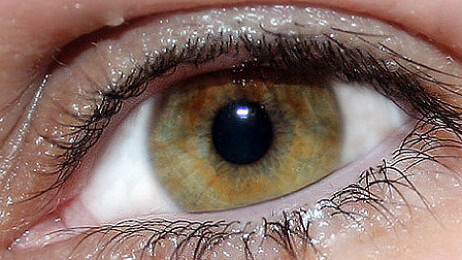
You thought Siri’s voice interface for the iPhone 4S was pretty slick? Wait until you see what the people behind Copenhagen-based project Senseye have planned – controlling your phone with your eyes.
The team has developed technology that tracks the movement of your eyes using the front-facing camera on mobile phones. This then allows you to control all sorts of aspects of the phone. You will be able to send messages, play games and more without having to touch the handset at all.
A developer interface will allow third-party apps to work with Senseye, and the plan is to earn revenue through licensing the technology to manufacturers so that it can be baked into the operating systems on handsets straight out of the box.
The technology is based on earlier work by the team, which resulted in an open source eye-tracking product called ITU Gaze Tracker, aimed at disabled people who may not be able to use conventional interfaces. Since that work at the IT University of Copenhagen, Senseye has taken part in Startup Bootcamp, where it worked on EyeProof, an eye tracking product for market research.
The mobile phone control product started as a prototype at Mobile Startup Weekend Copenhagen in June this year. Since then the project has won the ABB Award for Global Innovation and was first runner-up in the ICT championship at the Global Idea2Product competition in Sweden.
The video below shows the technology running on an Android handset, being used to control a game.
It’s still a work-in-progress; the developers say that it works for 90% of the people it has been tested with. While earlier versions required the phone to be fixed on a stand, people can now use it while holding their phone naturally in their hand, since it now allows for small head movements.
The Senseye project has been spun off into its own company, which is now raising funding to bring the product to market. At the moment the team is working on integrating the technology into a developer phone from a major mobile manufacturer.
Meanwhile, the team is prototyping a small device expected to retail for $100 that will fit into the USB port on smartphones and tablets, making it possible to do eye tracking on existing devices, even without the OS-level integration that should arrive in the future.
Get the TNW newsletter
Get the most important tech news in your inbox each week.





